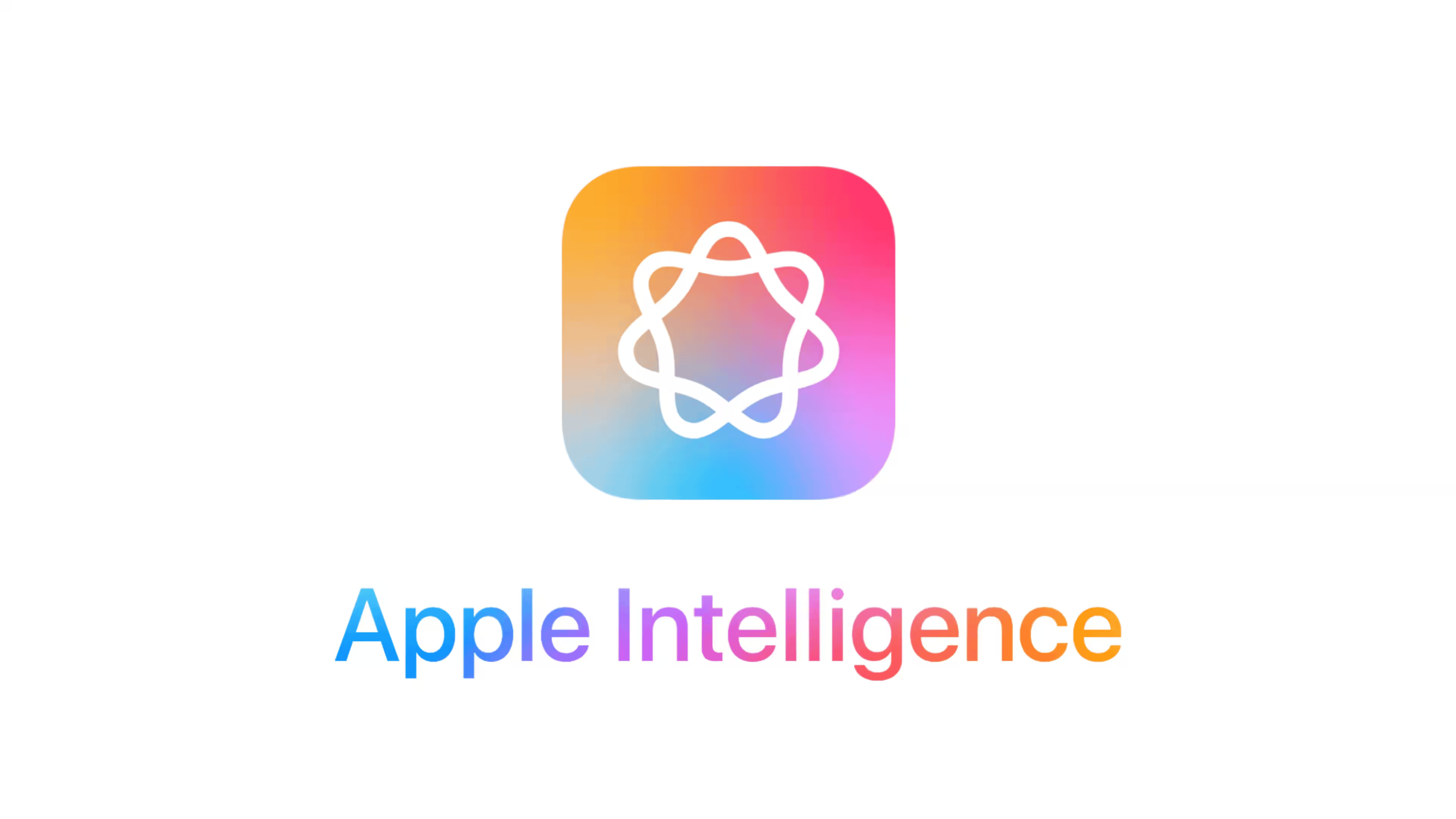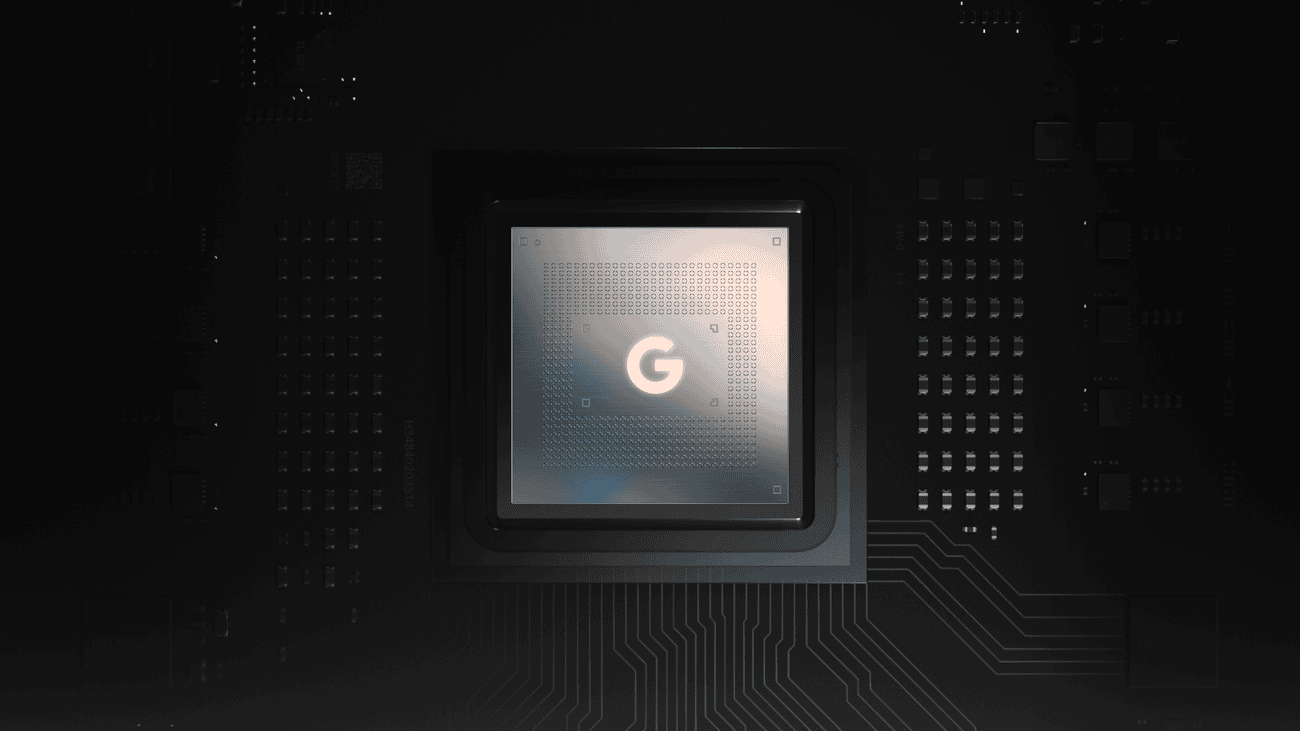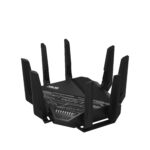Apple has made a surprising move in the development of its AI models. The tech giant has chosen to use Google’s Tensor Processing Units (TPUs) instead of NVIDIA’s GPUs to train its Apple Intelligence models. This decision has raised eyebrows in the tech industry, given NVIDIA’s dominant position in AI hardware.
A research paper reveals that Apple used 2,048 of Google’s TPUv5p chips for on-device AI models and 8,192 TPUv4 processors for server AI models. This choice marks a significant shift in Apple’s AI development strategy and could have far-reaching implications for the AI hardware market.
The decision to use Google’s chips over NVIDIA’s may be driven by performance, cost, or strategic considerations. It also raises questions about the future of Apple’s relationship with NVIDIA and the potential for closer collaboration between Apple and Google in the AI space.
Apple’s Shift to Google TPUs for AI

Why Apple Chose Google’s Tensor Processing Units
Apple’s recent decision to use Google’s Tensor Processing Units (TPUs) for training its AI models has turned heads in the tech world. This move marks a significant shift, as NVIDIA has long been the dominant player in AI hardware. So, why did Apple make this choice?
Apple revealed in a research paper that it uses a massive infrastructure of Google TPUs. Specifically, they employ 2,048 TPUv5p chips for on-device AI tasks, such as those performed by iPhones. For more demanding server-side AI work, they utilize 8,192 TPUv4 processors.
Several factors likely influenced Apple’s decision:
- Existing Partnership: Apple is already a Google Cloud customer, primarily for storage. This established relationship could have made integrating Google’s TPUs a smoother process.
- TPU Strengths: Google’s TPUs are designed specifically for machine learning. They offer excellent performance and energy efficiency for these kinds of tasks. While NVIDIA’s GPUs are powerful and versatile, TPUs are optimized for AI.
- Diversification: By choosing Google, Apple may be looking to lessen its reliance on a single hardware vendor. This can help prevent supply chain issues and maintain more control over its technology.
TPUs vs. GPUs: A Comparison
Both TPUs and GPUs are used for AI, but they have key differences. Here’s a quick comparison:
| Feature | TPUs (Google) | GPUs (NVIDIA) |
|---|---|---|
| Primary Use | Machine learning, AI | Graphics, gaming, AI |
| Design | Custom-built for AI | General-purpose, adapted for AI |
| Strengths | High performance per watt, efficient for AI | Versatile, strong in many areas, including AI |
NVIDIA’s GPUs hold about 80% of the AI chip market. This shows how important they are for AI work. But Google’s TPUs are a strong choice for specific AI needs.
What This Means for the Future
Apple’s choice of Google TPUs is a big win for Google in the AI hardware race. It shows that TPUs are a serious alternative to GPUs for certain AI tasks. This decision could encourage other companies to consider TPUs, further changing the AI hardware market.
The Impact on Apple Intelligence
Apple’s move to Google TPUs directly impacts its “Apple Intelligence” features. These features include on-device processing for tasks like image recognition, language translation, and predictive text. By using TPUs, Apple can make these features faster and more efficient, improving the user experience.
Considerations for Other Companies
For other companies thinking about AI hardware, Apple’s choice offers some important lessons:
- Consider your needs: If your primary focus is machine learning, TPUs might be a good fit.
- Think about existing partnerships: If you already work with Google Cloud, using TPUs could be easier to manage.
- Look at the big picture: Diversifying your hardware sources can be a smart move in the long run.
The Broader AI Chip Market
Beyond TPUs and GPUs, the AI chip market is seeing other interesting developments. Companies are creating specialized chips for specific AI tasks. This trend means more choices for companies that use AI. It also means that the competition in the AI hardware market will likely get even stronger.
Apple’s switch to Google TPUs is a big story in the AI world. It shows how important it is to think about AI hardware choices. As AI keeps growing, we can expect to see more changes and new ideas in this area.
The rise of specialized hardware accelerators for AI, like Google’s TPUs and even FPGAs (Field-Programmable Gate Arrays), is reshaping how companies approach AI infrastructure. While GPUs remain a powerful and versatile option, these specialized processors offer significant advantages in terms of performance per watt and efficiency for specific AI workloads. For instance, FPGAs provide a high degree of flexibility and can be reprogrammed to optimize for different AI algorithms, making them suitable for research and rapidly evolving AI applications. This trend suggests a move away from general-purpose hardware towards more tailored solutions designed to maximize the efficiency and effectiveness of AI deployments. Companies now have a wider range of hardware options to consider, allowing them to choose the best fit for their specific AI needs and budget.
Key Takeaways
- Apple uses Google’s TPUs instead of NVIDIA GPUs for AI model training
- The choice may impact the AI hardware market and industry partnerships
- This decision could influence Apple’s future AI development strategies
Transition to Google AI Hardware
Apple’s strategic decision to partner with Google for AI processing has sent ripples through the tech industry. By opting for Google’s Tensor Processing Units (TPUs) over the widely used NVIDIA GPUs, Apple is making a clear statement about its approach to artificial intelligence. This move not only highlights the growing competition in the AI hardware sector but also underscores the significance of specialized processors for machine learning tasks. This decision shows that Apple is prioritizing performance and efficiency for its AI workloads, especially for its “Apple Intelligence” features.
Apple’s decision to use Google’s AI chips marks a significant shift in the tech industry. This move highlights the growing competition in AI hardware and the importance of specialized processors for machine learning tasks.
Apple’s Shift from NVIDIA GPUs to Google TPUs
Apple has chosen Google’s chips over Nvidia’s for training its AI models. This unexpected move involves using Google’s Tensor Processing Units (TPUs) instead of the widely-used NVIDIA GPUs. The change was revealed in an Apple research paper detailing the company’s approach to AI model training.
Google’s TPUs are designed specifically for AI computations. They offer potential advantages in efficiency and performance for certain types of machine learning tasks. Apple’s decision suggests that TPUs may provide benefits for their particular AI workloads.
Strategic Advantages of Google’s Tensor Processing Units
Google’s TPUs offer several advantages for AI model training. These specialized processors are optimized for the complex calculations required by large language models and other AI applications. TPUs may provide improved performance and energy efficiency compared to traditional GPUs for certain AI workloads.
The latest TPU versions, such as TPUv4 and TPUv5p, offer enhanced capabilities for AI training. These improvements could lead to faster development cycles and more efficient use of computing resources. By leveraging Google’s AI hardware, Apple may be able to accelerate its AI research and development efforts.
Google’s cloud infrastructure also plays a role in this transition. The integration of TPUs with Google Cloud Platform could provide Apple with a scalable and flexible environment for AI model training. This setup may offer advantages in terms of cost, performance, and ease of deployment for large-scale AI projects.
Implications for AI Development and User Privacy
Apple’s choice of Google’s AI chips for training its Apple Intelligence models has significant ramifications. This decision affects both the advancement of AI technology and the protection of user data.
Impact on Apple’s AI Integration into Products
Apple’s use of Google’s TPU v4 and TPU v5 processors for developing Apple Foundation Models (AFMs) marks a shift in AI training strategies. This approach may accelerate the integration of AI features into Apple products.
The collaboration could lead to more efficient AI model training, potentially resulting in faster development cycles for Apple Intelligence features. Users might see enhanced AI capabilities in future iPhones and other Apple devices sooner than expected.
Apple’s decision to use Google’s chips instead of Nvidia’s GPUs or AMD’s Radeon GPUs is noteworthy. It suggests that Google’s TPUs may offer specific advantages for training large language models and other AI applications.
Ensuring User Privacy with Advanced AI Infrastructure
Apple’s commitment to user privacy remains a key focus as it develops new AI capabilities. The company aims to balance advanced AI features with strong data protection measures.
By using Google’s TPUs for training, Apple can potentially develop more sophisticated on-device AI models. This approach could allow for AI processing to occur locally on users’ devices, reducing the need to send sensitive data to cloud servers.
The use of Google’s infrastructure raises questions about data handling practices. Apple will need to clearly communicate how it maintains user privacy while leveraging Google’s technology for AI model training.
Apple’s strategy may involve stricter data anonymization techniques and improved encryption methods to protect user information during the AI development process.







